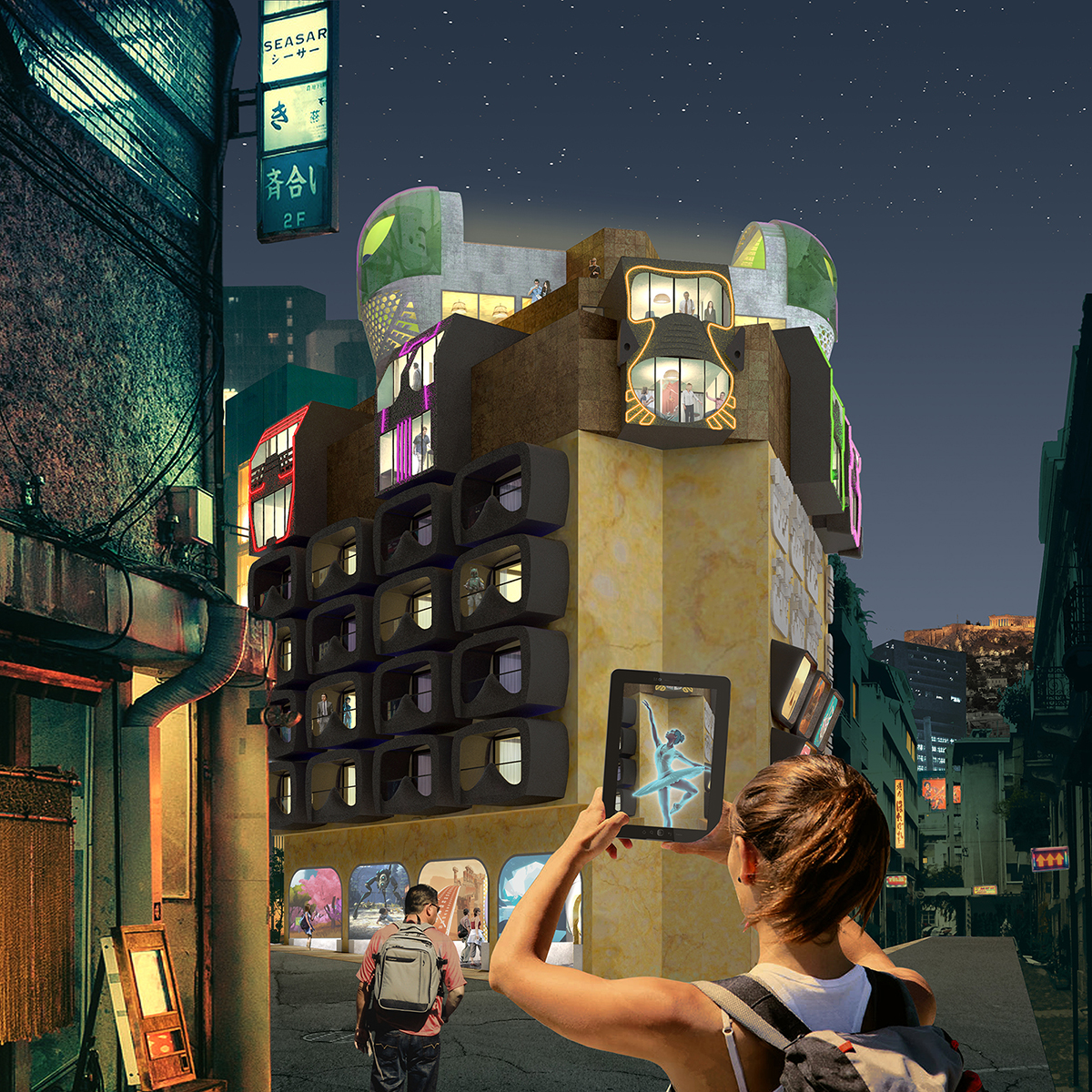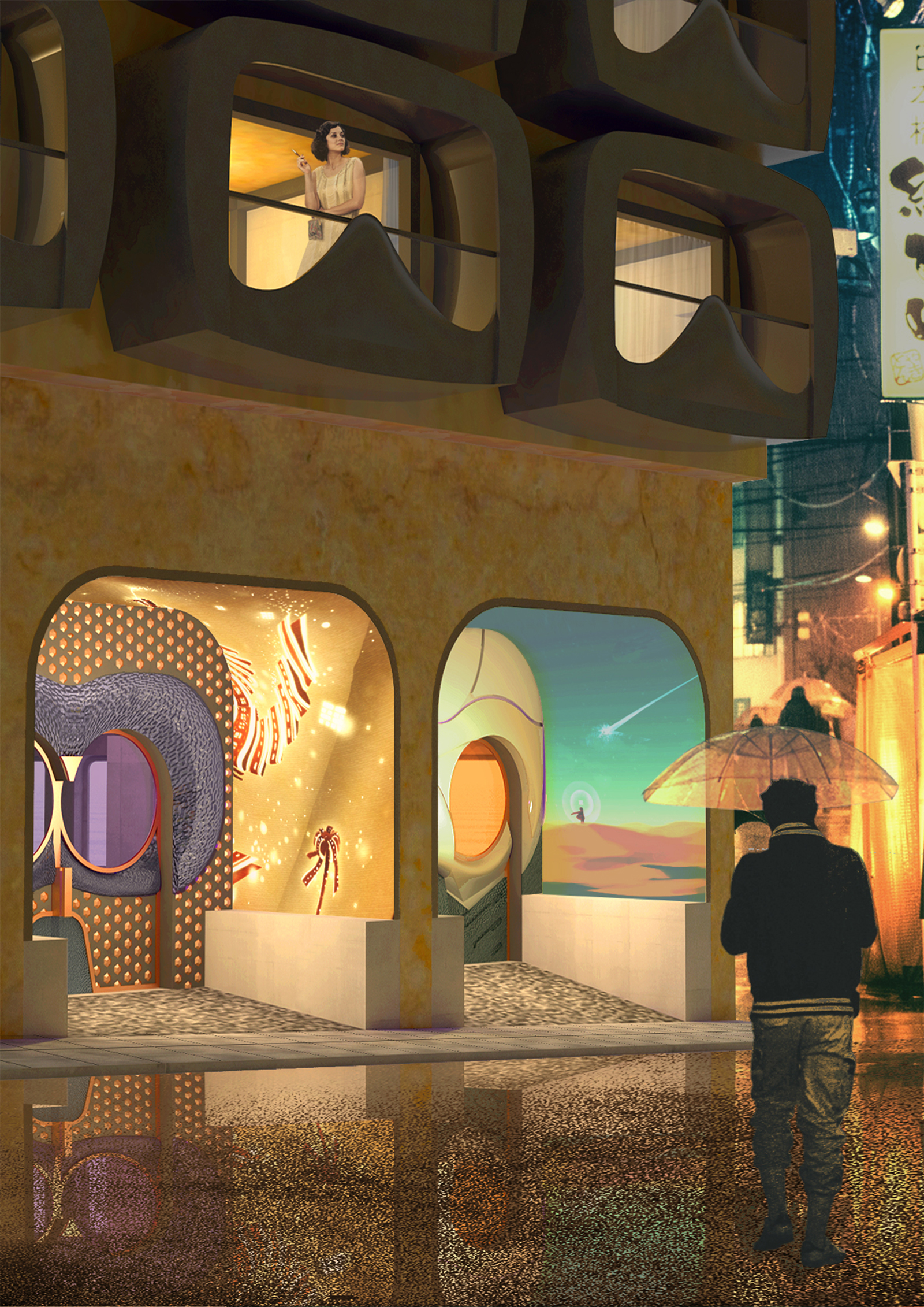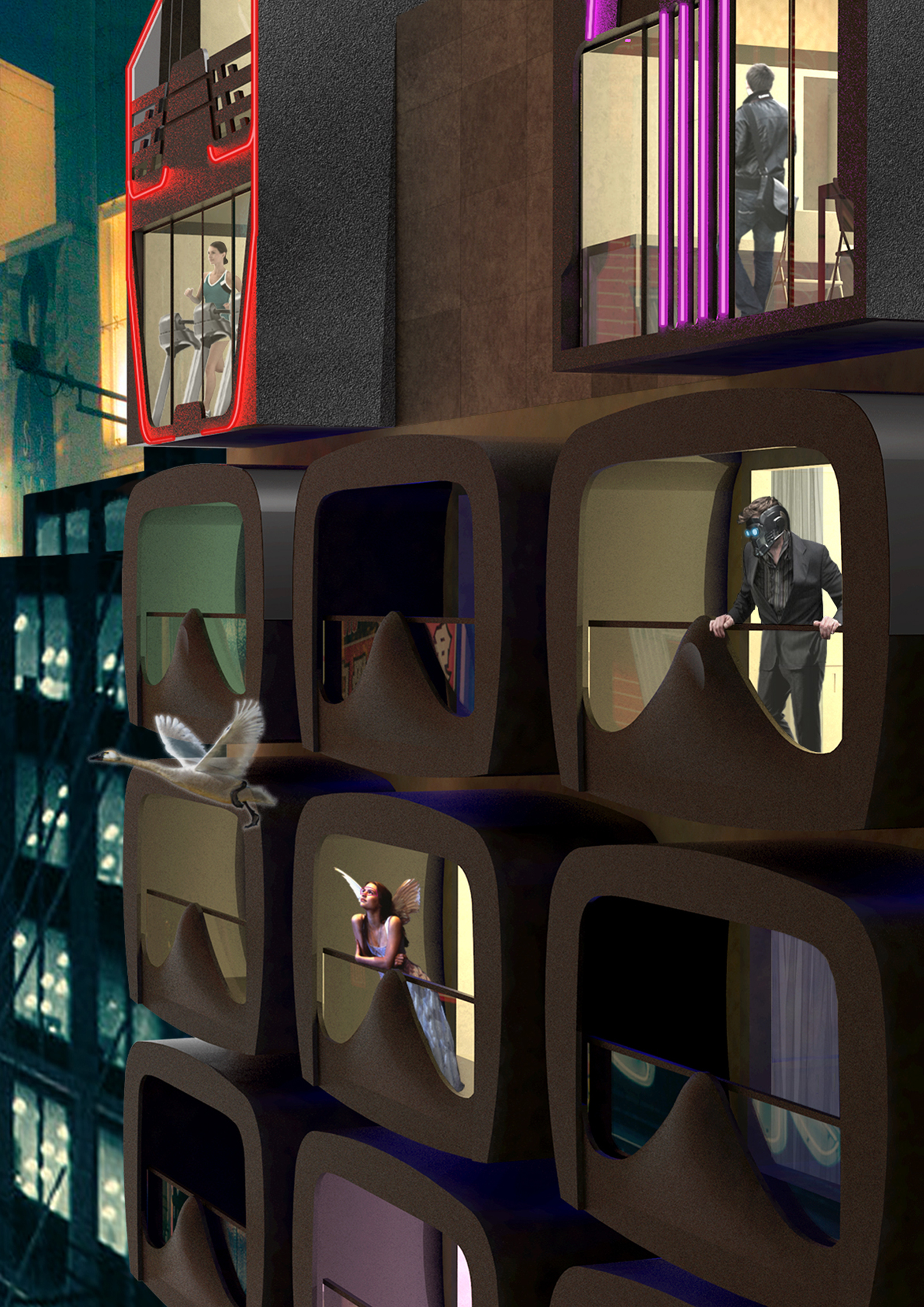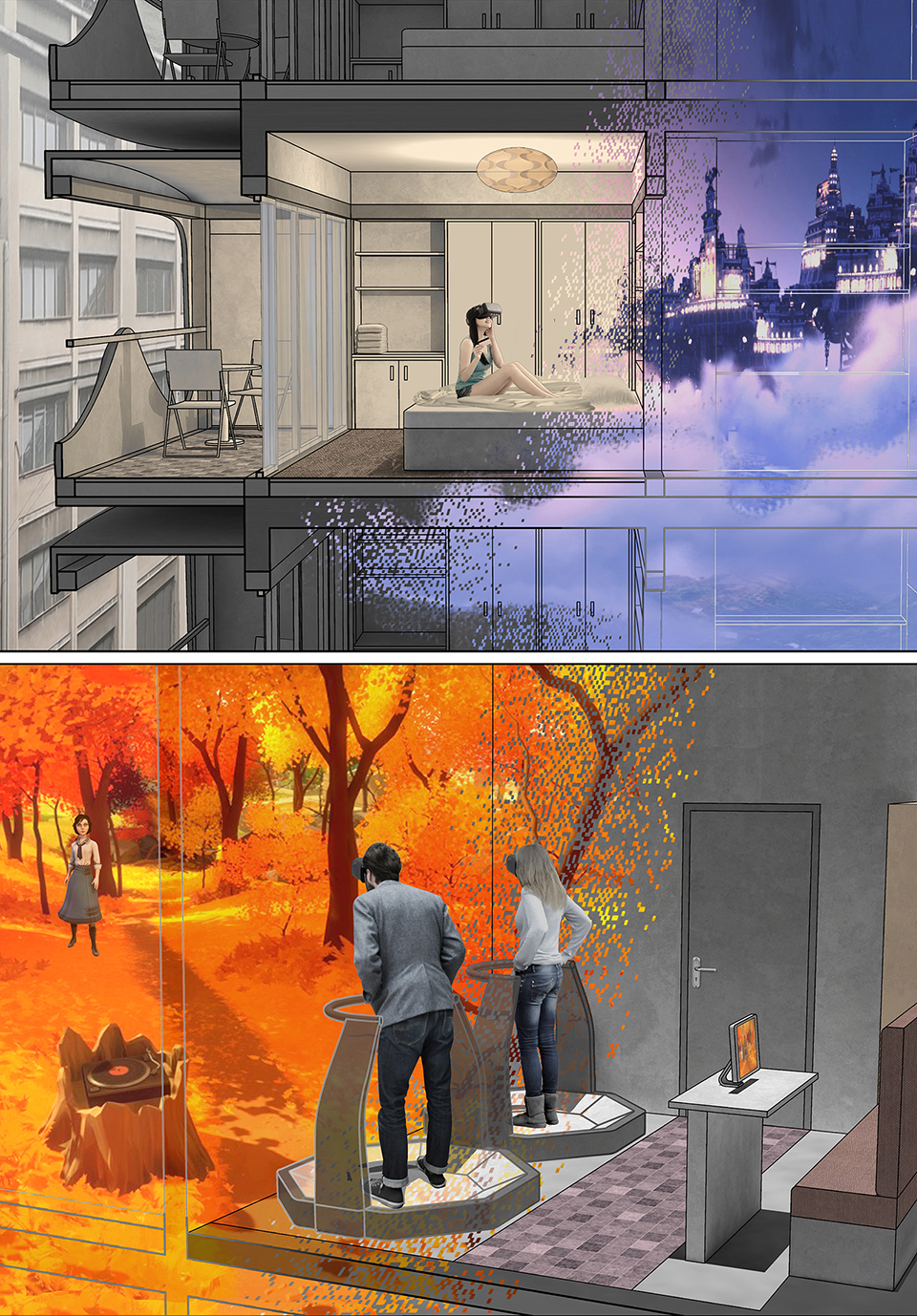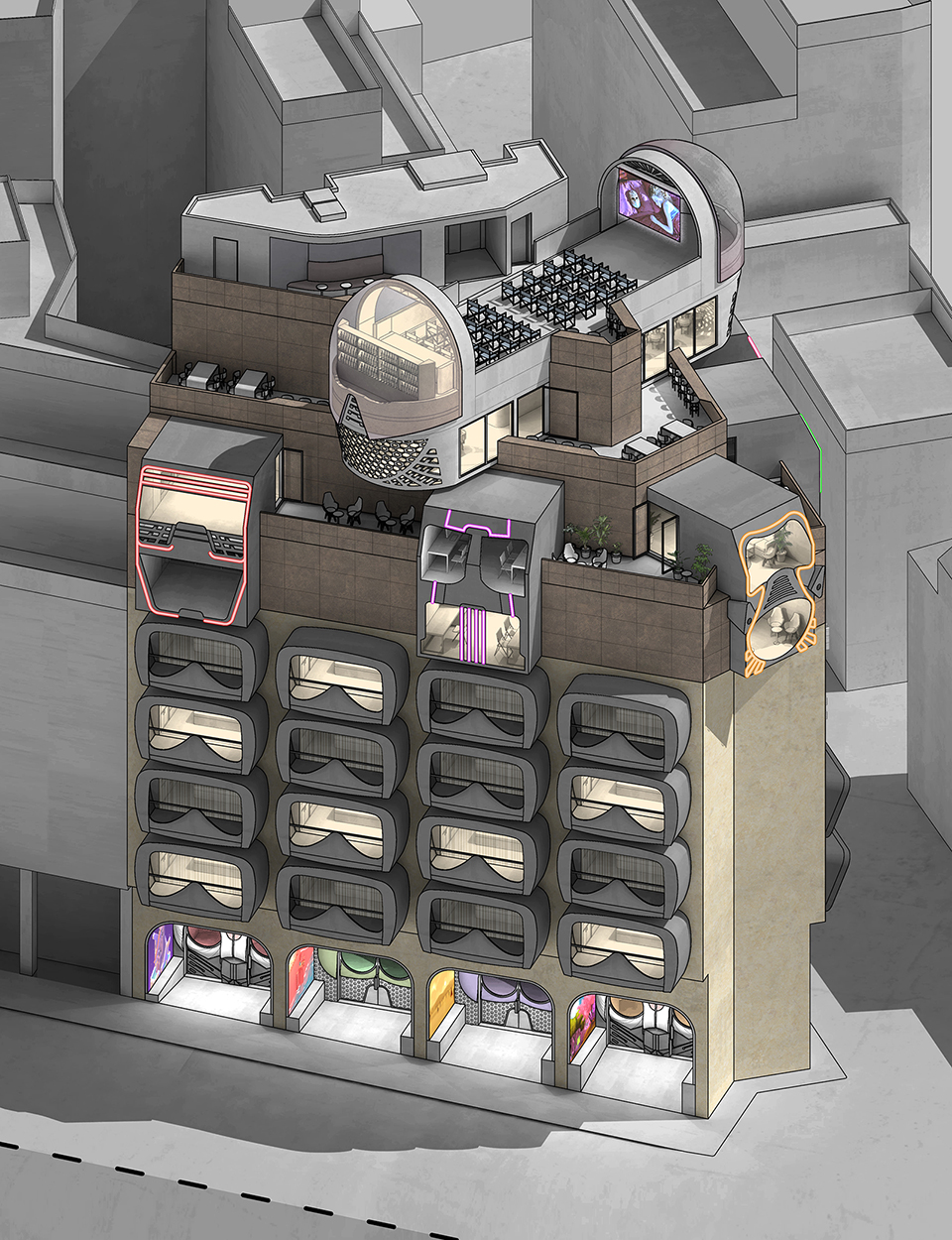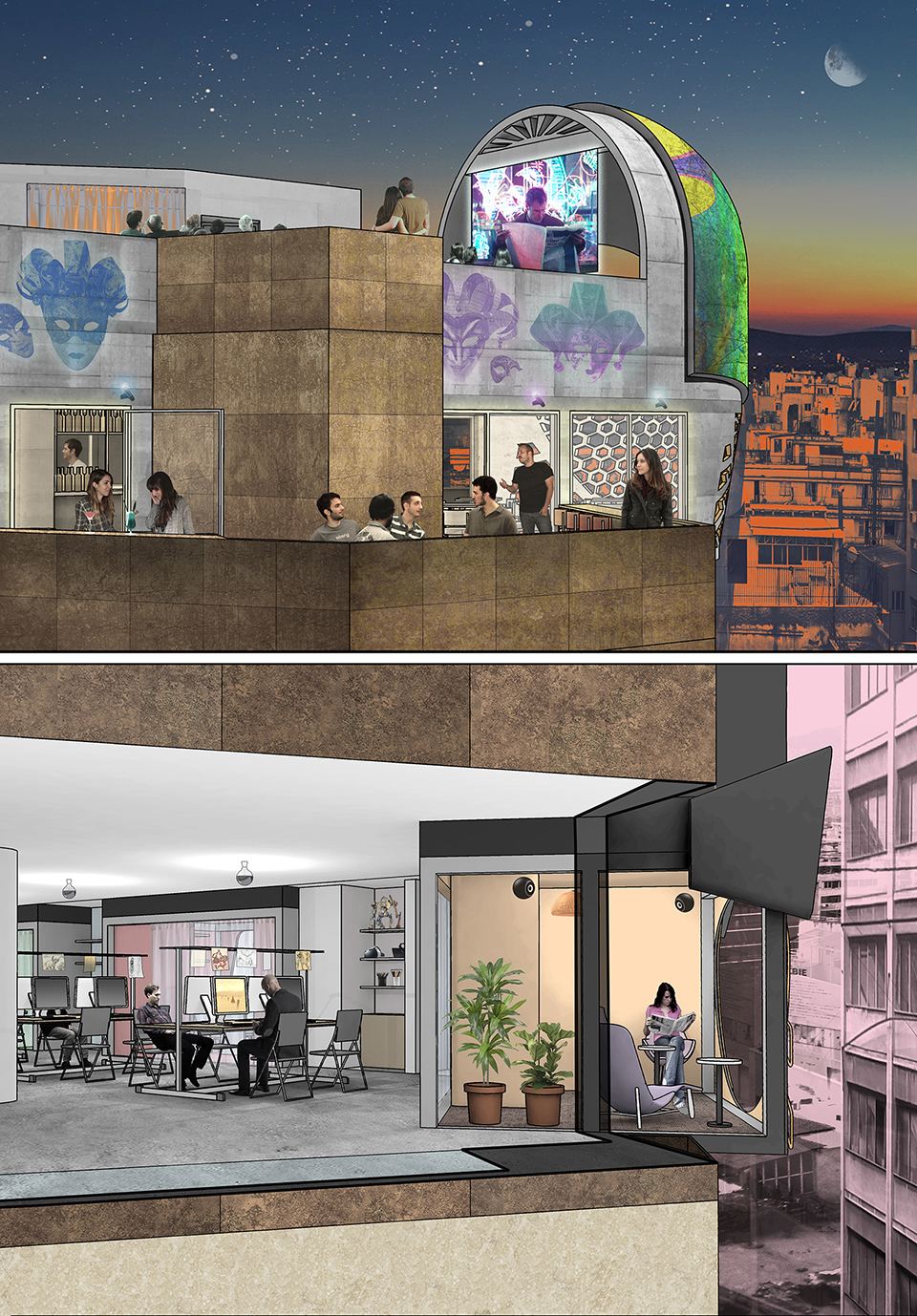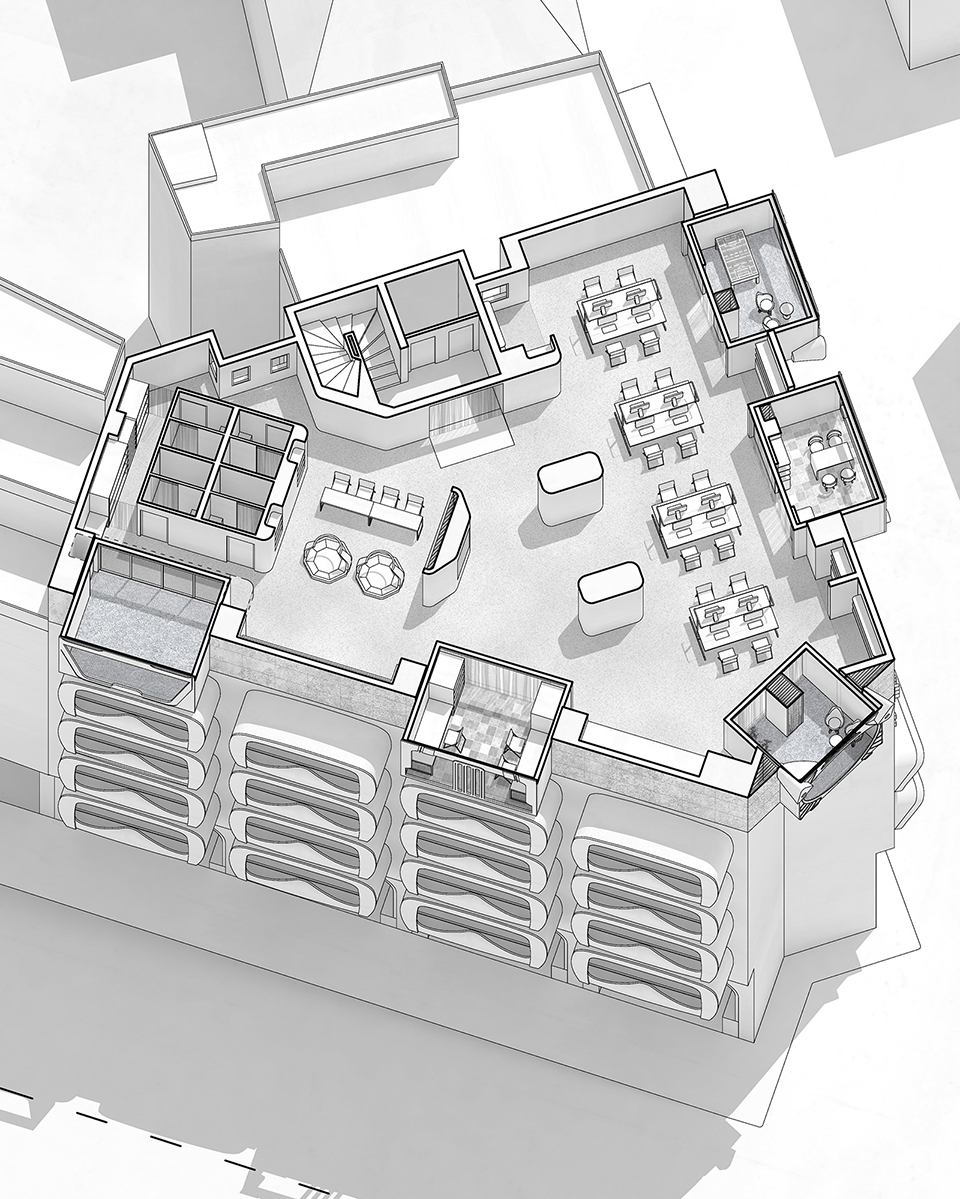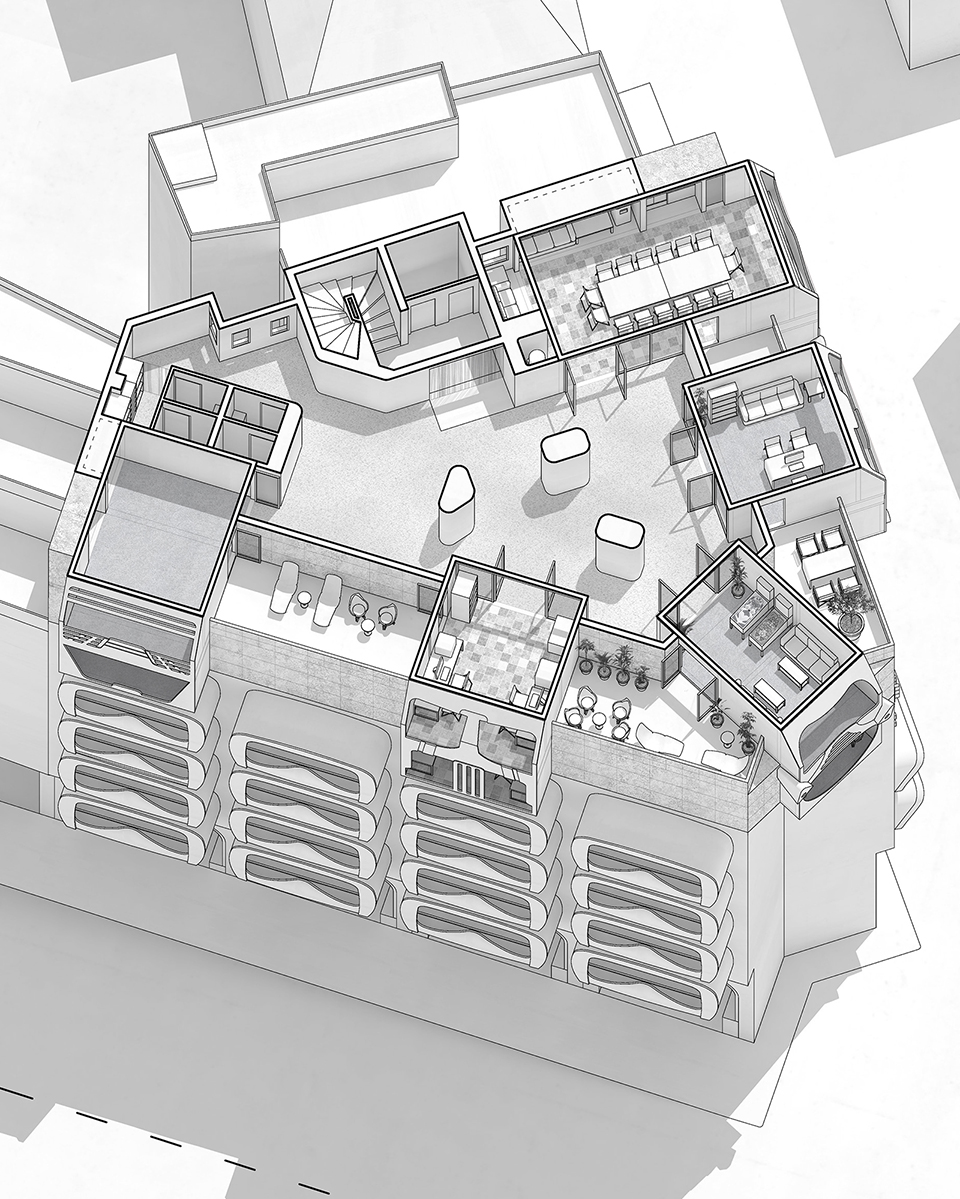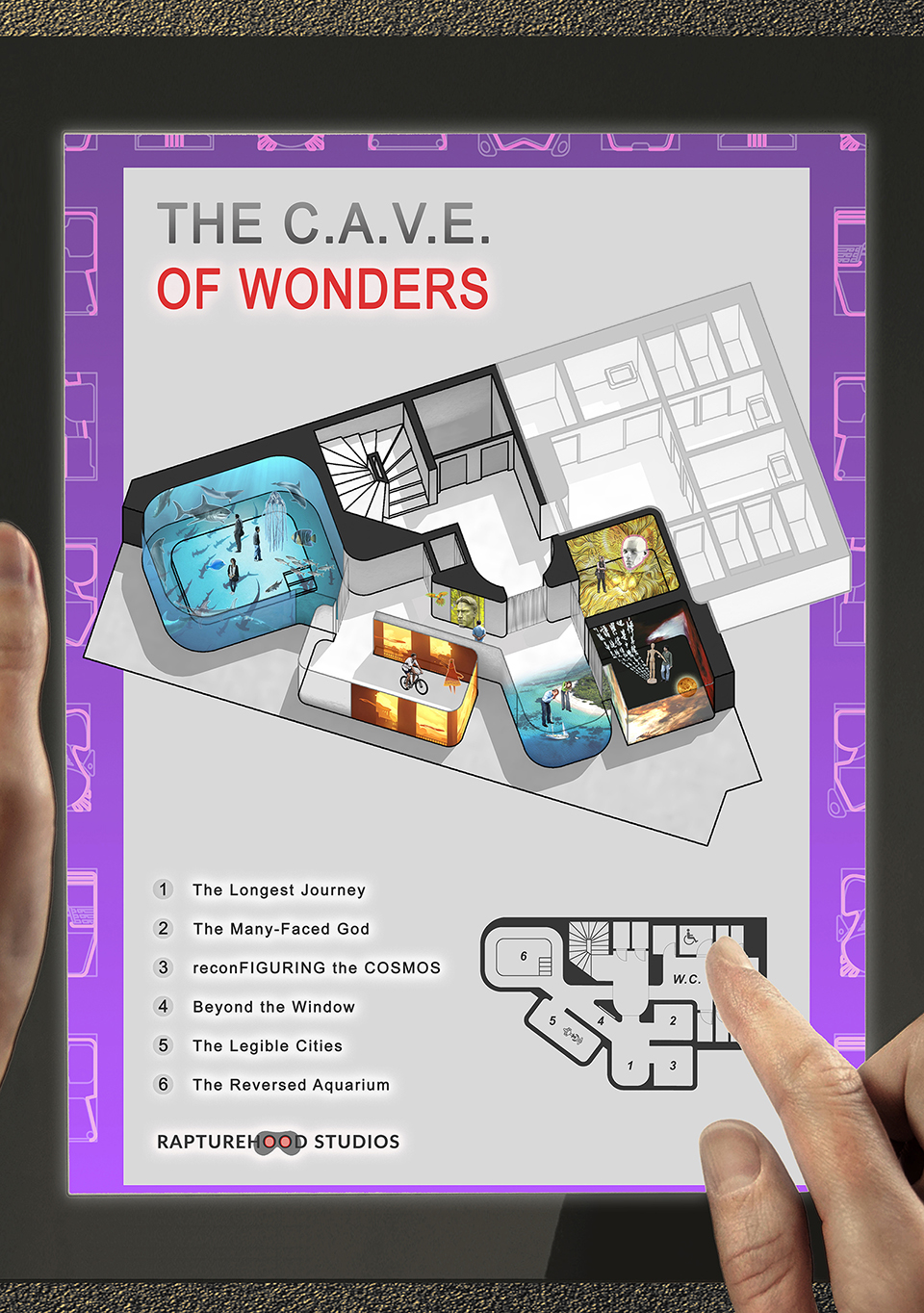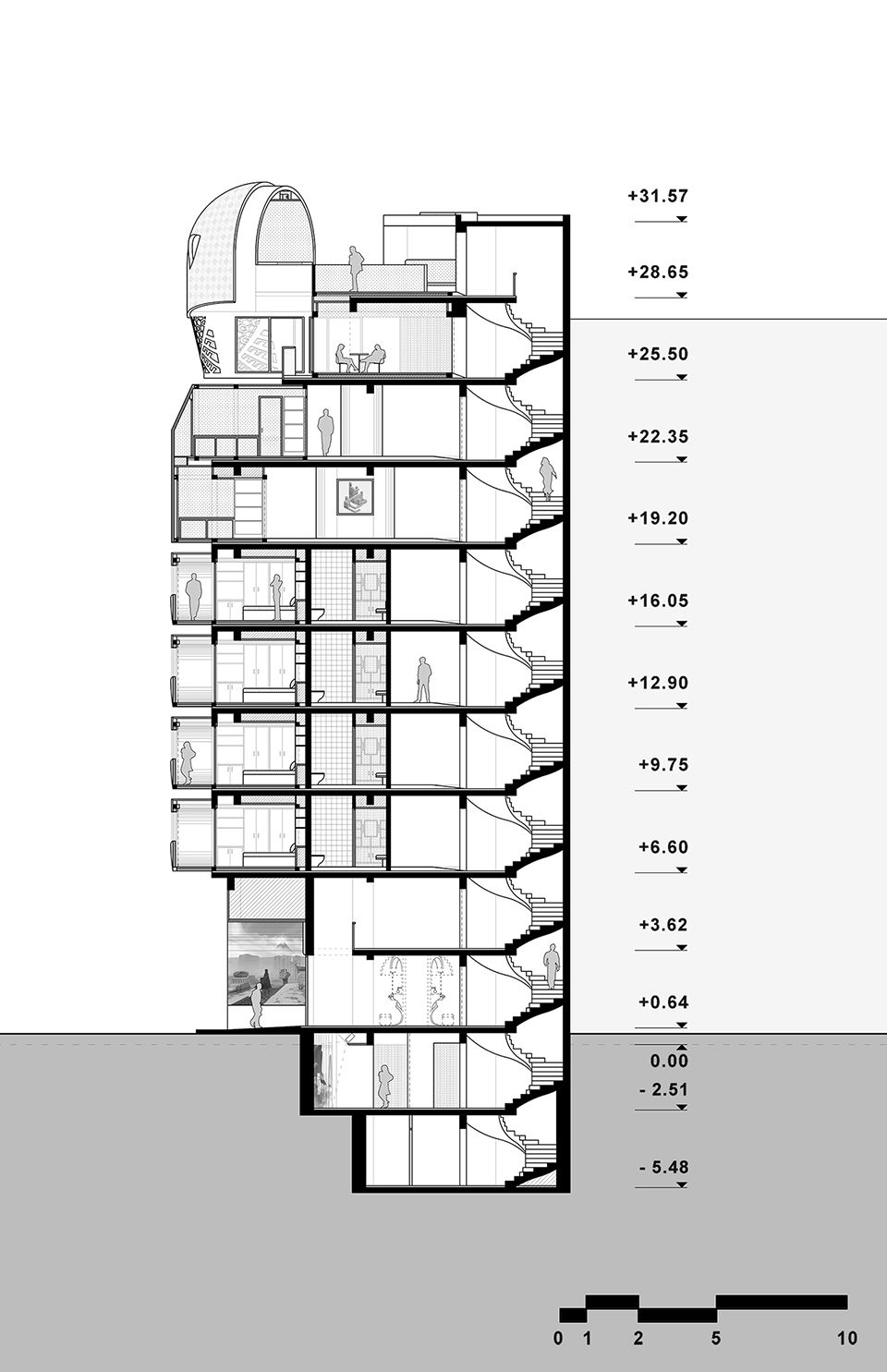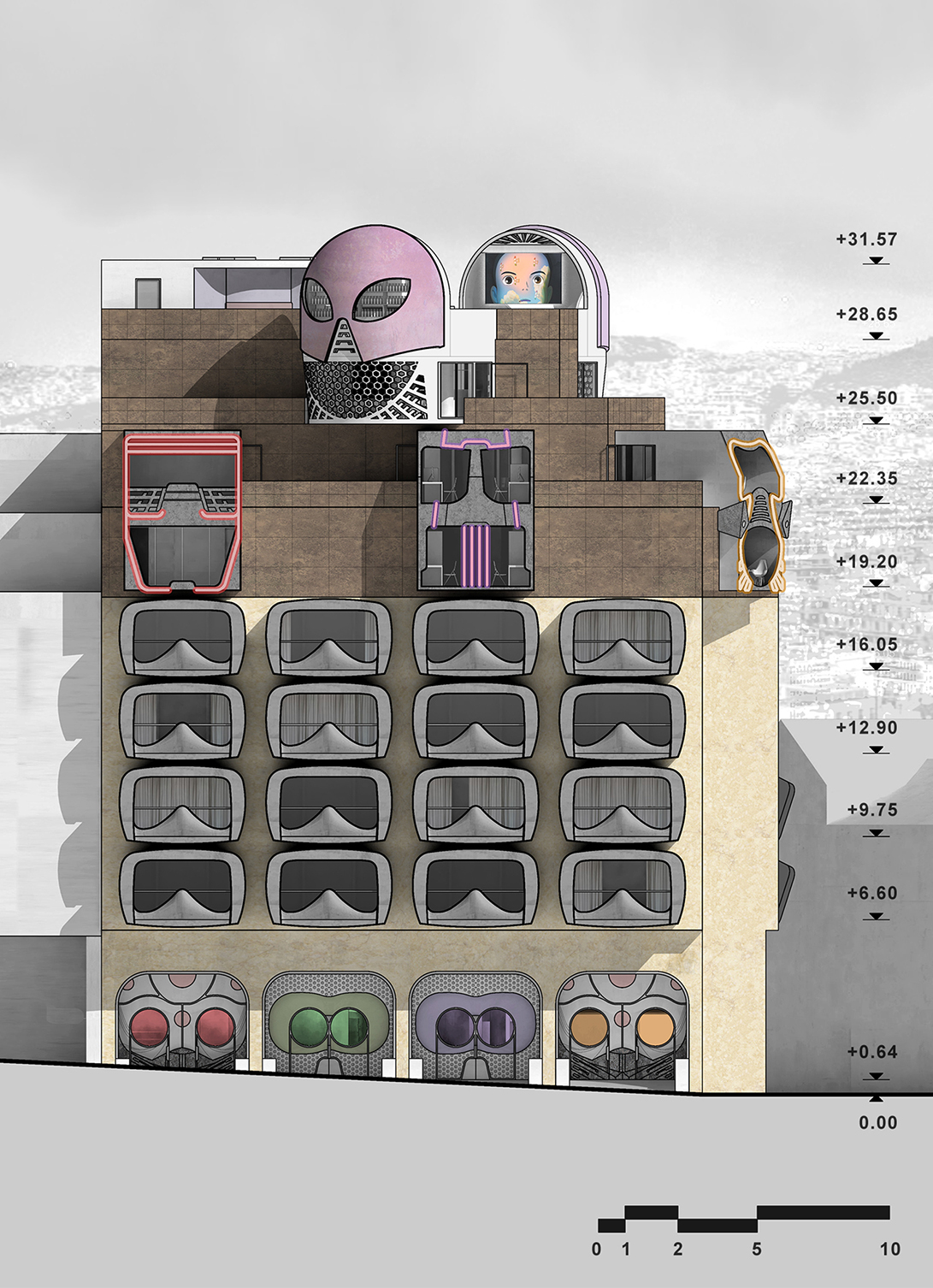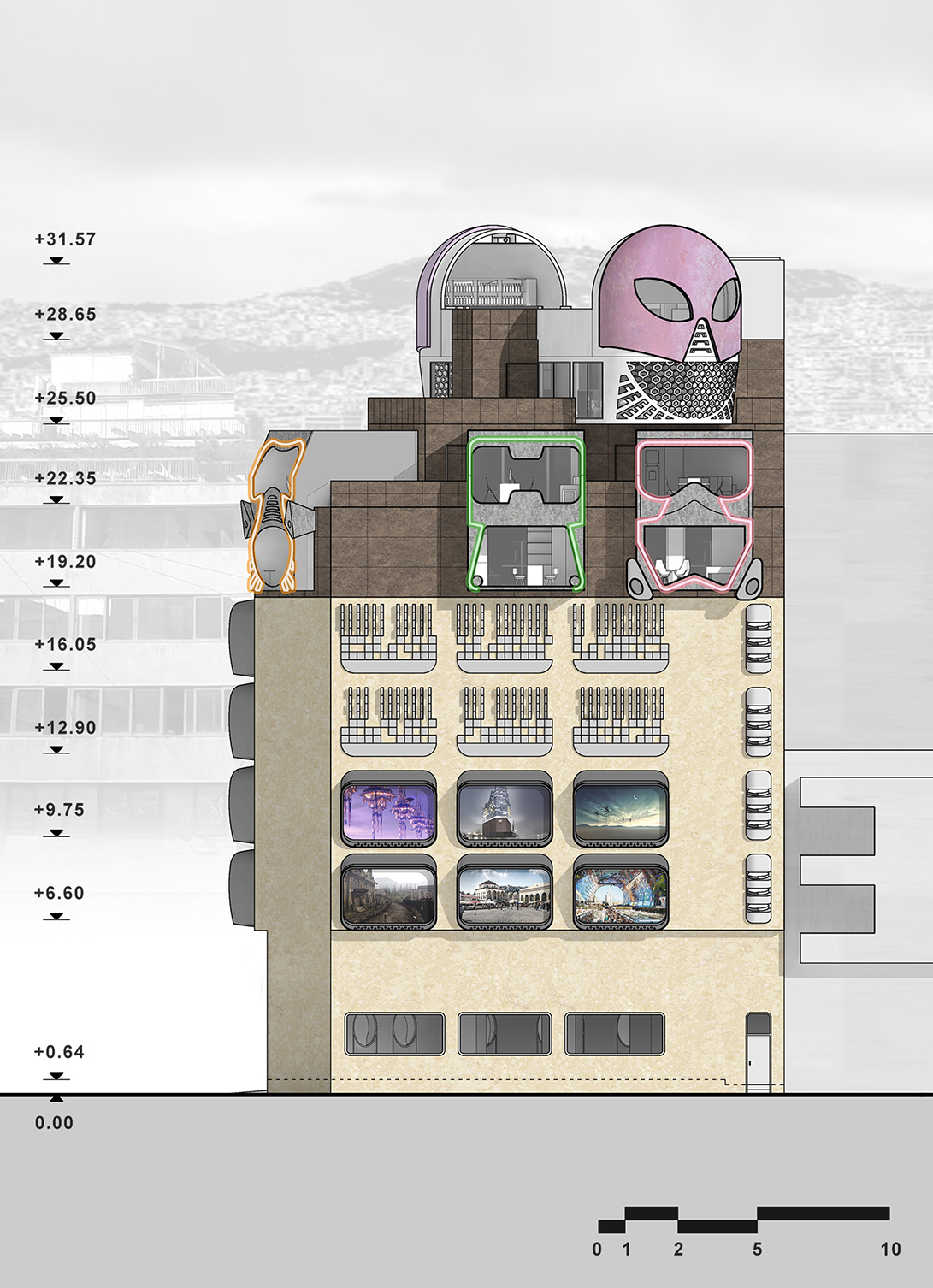“One important class of experiential products will be based on simulated environments that offer the customer a taste of adventure, danger, sexual titillation or other pleasure without risk to his real life or reputation.”
In his book “Future Shock” (1970), a book that predicts the evolution of modern societies, the American writer Alvin Toffler analyzes the emergence of the experience as a standalone product and the subsequent development of an “experiential industry”, based largely on Art. If this concept, summarized in the above excerpt, describes the commercial (at least) aspect of theater, cinema, theme parks, videogames and possibly of every form of art and entertainment, then we can assume that in our era acquires its most representative (ultimate?) manifestation through the technologies of Virtual Reality. The recent reappearance of VR devices and applications, mainly in the market of home entertainment, re-introduced this innovative medium to the public, managing undoubtedly to impress and generate interest, but without making clear its range of possibilities.
If virtual worlds have a purpose of existence, that is to make us reconsider our natural possibilities. They question all kinds of boundaries upon which we developed our identity. The “real” world is always our reference point and the “not-so-real” excites and fuels our imagination. Based on this notion are always the science fiction (and just fiction) novels and films appreciated. They narrate a plausible extraordinary situation. The result is the discovery / invention of new parameters that change and enrich established ways of living and ultimately transform our world. This is the desiderata.
The project proposes through designs the conversion of “Evripides Hotel” (79 Evripidou Str, Athens) into an experimental space of research and applications for technologies of virtual and augmented reality, named “Rapturehood Studios”.
Inside this new space, properly equipped workshops are available for research and creation, while the use of hotel is preserved through rental rooms that offer guests the necessary equipment for exploring and designing the new technology. An exhibition space (“C.A.V.E.” virtual environments), a small dining area / bar and an open air cinema are also included.
Addable metal structures create spaces that “plug into” the existing building, co-creating the new uses. Simultaneously, they form open and closed balconies, in the shape of VR masks / headsets, that are the only “eyes” of the building.
The intention of “demystifying” the technology of Virtual Reality, as it evolves into a daily practice, set the location of the workshop / hotel into the urban fabric, on one of the busiest streets of the historical center of Athens, in contrast with the usually secluded and introverted similar research companies. The active participation of the visitor / researcher and the narrations / recorded experiences that will emerge, will be a valuable manual for the upcoming technological and philosophical quests. In addition, they will contribute to the development of the necessary safety measures concerning the changes that will occur in the relationship between humanity and the world we accept and define as “real”.
The complete project can be found here.
The visuals of the project include:
A) Elements from Masashi Wakui’s night photos.
B) Images from the following videogames:
“Half-Life 2” (2004 – 2007) by Marc Laidlaw, Valve Corporation
“Journey” (2012) by Jenova Chen, Thatgamecompany
“Bioshock infinite” (2013) by Ken Levine, 2K Games & Irrational Games
“Monument Valley” (2014) by Neil McFarland, Ustwo
“The Witness” (2016) by Jonathan Blow, Thekla Inc.
C) Images from the following movies:
“Blade runner” (1982) by Ridley Scott, Warner Bros.
“Romeo + Juliet” (1996) by Baz Luhrmann, Twentieth Century Fox Film Corporation.
“Eyes wide shut” (1999) by Stanley Kubrick, Warner Bros.
“The Wind Rises”/ “Kaze tachinu” (2013) by Hayao Miyazaki, Studio Ghibli
“Guardians of the Galaxy” (2014) by James Gunn, Marvel Studios

